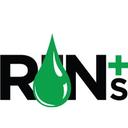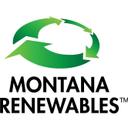Big Island Biodiesel completes testing of distilled product

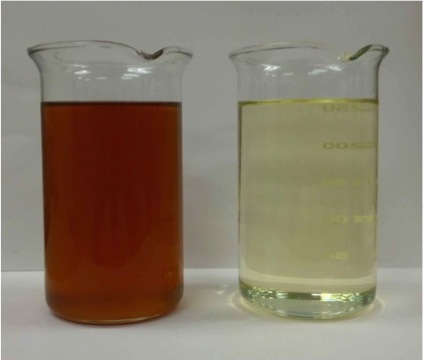
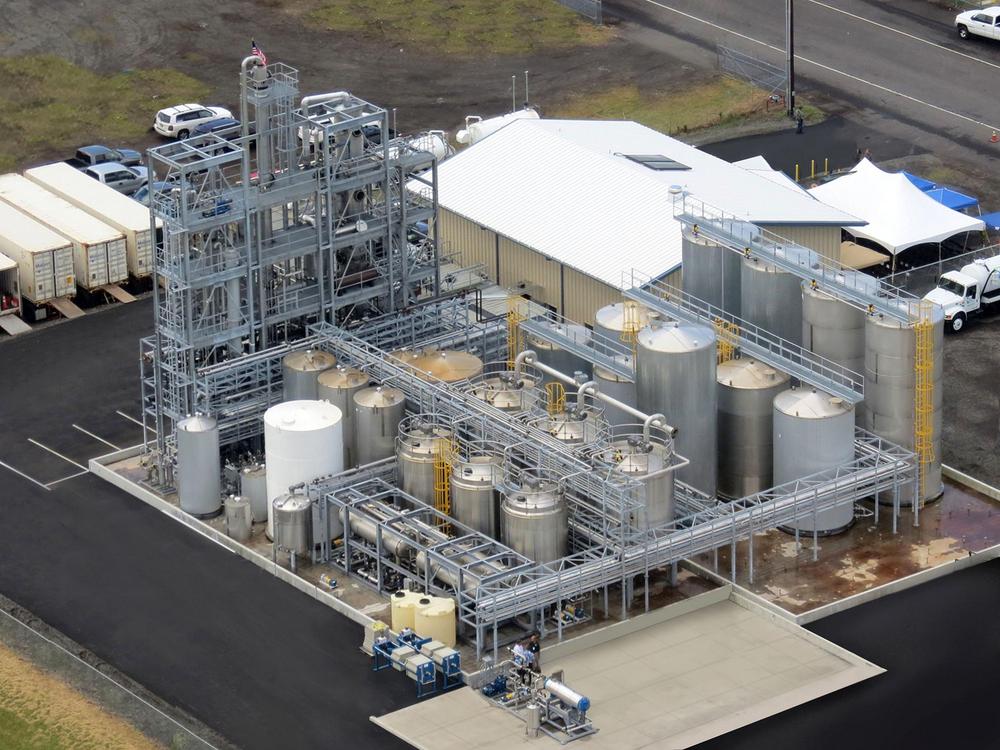
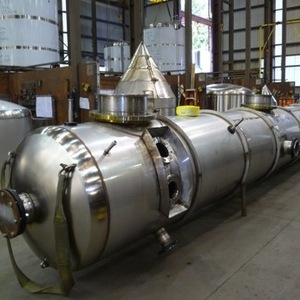
Photo: Pacific Biodiesel Technologies
May 29, 2013
BY Pacific Biodiesel Technologies
Big Island Biodiesel, in partnership with Hawaii Renewable Energy Development Venture, installed a high-vacuum distillation (HVD) unit at its new biodiesel facility on Hawaii Island in 2012, and this month testing of fuel produced at the facility was completed.
The state-of-the-art biodiesel refinery, with a capacity of 5.5 MMgy, has since been ramping up production and dialing in the procedures for the HVD unit—a technology that has proven to be an important component in recycling even the most highly degraded waste oils into premium quality biodiesel. The facility has also provided high-quality, local green jobs to more than 20 employees on Hawaii Island, ranging from engineering and operations to administrative positions.
Distillation of biodiesel under high vacuum is a new approach to addressing the shortcomings of traditional biodiesel refining techniques when dealing with degraded feedstock. The biodiesel produced with the new process is an extremely pure fuel.
Advertisement
Due to this advanced technology and the efficiency of the Keaau facility, laboratory test results from BIB distilled product “have been astounding,” according to industry pioneer
Bob King, president of Pacific Biodiesel Technologies, the company that developed Big Island Biodiesel. King noted that the fuel quality is exceeding all of the individual biodiesel test component requirements of ASTM standards. For example, the sulfur limit in ASTM D6751 is 15 ppm. Using the D5453 test method, the BIB plant with HVD resulted in a mere 0.9 ppm sulfur. Also, total glycerin max in D6751 is 0.240 percent (mass); using the D6584 test method for total glycerin, the BIB HVD plant produced biodiesel with just 0.011 percent total glycerin content, well under the limits. The same tests run on fuel produced at Pacific Biodiesel Technologies’ Oahu plant, a standard process without HVD, for sulfur and total glycerin came in at 6.25 ppm and 0.125 percent, respectively.
These remarkable results were for biodiesel produced from a mixture of used cooking oil and grease trap oil with a 65 percent free fatty acid (FFA) content. “The results from our standard process are well within specification, and were produced with feedstock having up to 15 percent FFA content,” explained BIB Plant Manager John Griffith. “However, our new distilled biodiesel not only far surpasses the specifications, but the process works great with high FFA feedstock as well.” Put simply, BIB is creating higher-quality fuel from lower-quality feedstock.
Customer reaction to the increase in fuel quality has been impressive, especially on the part of fuel distributors and large fleet operators. “Hawaii Petroleum is proud to be offering locally produced renewable fuels to our Hawaii Island customers,” said Hawaii Petroleum Vice President and General Manager Mark Leong. “The quality of Pacific
Advertisement
Biodiesel's distilled fuel is superb and we couldn't be happier with the positive response we've received so far at our Hawaii Fueling Network station in Shipman Business Park.”
The HVD system at BIB was made possible by a grant from the Department of Energy, which awarded funds to the Pacific International Center for High Technology Research (PICHTR) to competitively select projects. PICHTR awards funds through two programs, Hawaii Renewable Energy Development Venture and the Energy Excelerator.
“This project is an excellent example of what we’re all about—helping build great companies around innovative energy technologies,” said Dawn Lippert, senior manager of PICHTR Energy Programs (HREDV and the Energy Excelerator). “Pacific Biodiesel and BIB are cornerstones of the cleantech community that we're working to grow across Hawaii and beyond.” In 2011, BIB was awarded $1 million to expand its capability to process a wider range of feedstocks and increase local biodiesel production to meet the growing demand, while at the same time divert additional tons of waste oil from Hawaii’s landfills each year.
Related Stories
The U.S. EPA on Aug. 21 released data indicating nearly 2.04 billion RINs were generated under the RFS in August, up from 1.84 billion generated in August 2022. Total RIN generation for the first eight months of the year reached nearly 15.45 billion.
WestJet Group CEO Alexis von Hoensbroech, on Sept. 19 at the World Petroleum Congress in Calgary, addressed the airline's ambitions to achieve net-zero emissions by 2050 and the vital role SAF plays in the future of decarbonizing aviation.
Clean Fuels Alliance America, American Soybean Association, National Oilseed Processors Association the U.S. Canola Association are urging the Biden administration to adopt GREET for the purposes measuring GHG reductions for the SAF tax credit.
Montana Renewables LLC, a subsidiary of Calumet Specialty Products Partners LP, on Sept. 18 hosted an event to celebrate the first receipts of camelina oil into its biorefinery in Great Falls, Montana. The facility produces renewable diesel and SAF.
Global Biofuels Alliance launches at G20 Summit
President Joe Biden on Sept. 9 joined leaders of India, Argentina, Brazil, Italy, Mauritius and the United Arab Emirates to launch the Global Biofuels Alliance. The launch took place on the sidelines of the G20 Summit in New Delhi.
Upcoming Events

